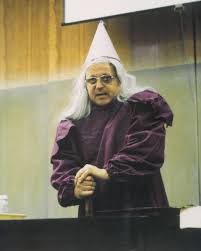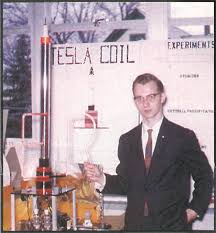 by: Michelle Bertke
by: Michelle Bertke
Both the young and old have a special fascination with dinosaurs. From the small Nemicolopterus to the larger Sauroposeidon, dinosaurs were magnificent and majestic creatures. This is a topic students want to learn and adults want to teach. Luckily, there are many at-home experiments and activities that parents can do to foster their children’s love for dinosaurs.
Impression Fossils
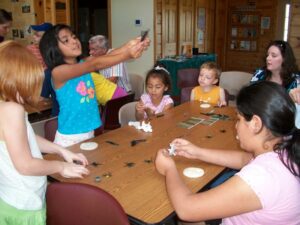 Impression fossils are one way that animals and plants, which are long since gone from this world, leave their mark. One easy way to show how imprint fossils are formed is with play dough and plastic creatures. Students can use the play dough (which is easily homemade) as a medium in which to press the plastic creatures. This will leave an impression with a certain amount of detail. Have the students compare the fossil imprint with their creature or mix up the imprints and play a matching game. Use this activity to illustrate what can be determined from an imprint fossil (size or texture) and what cannot be determined (color).
Impression fossils are one way that animals and plants, which are long since gone from this world, leave their mark. One easy way to show how imprint fossils are formed is with play dough and plastic creatures. Students can use the play dough (which is easily homemade) as a medium in which to press the plastic creatures. This will leave an impression with a certain amount of detail. Have the students compare the fossil imprint with their creature or mix up the imprints and play a matching game. Use this activity to illustrate what can be determined from an imprint fossil (size or texture) and what cannot be determined (color).



 Posted by Tami O'Connor
Posted by Tami O'Connor  by: Brian Herrin
by: Brian Herrin by: Cindy House
by: Cindy House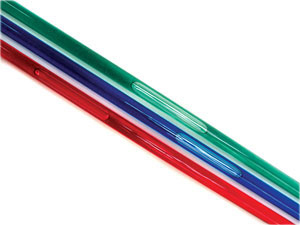
 by: John Fedors
by: John Fedors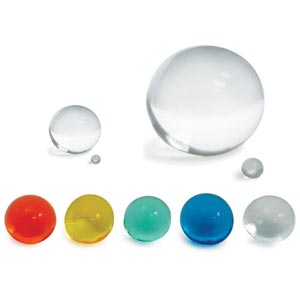
 by: Tami O’Connor
by: Tami O’Connor